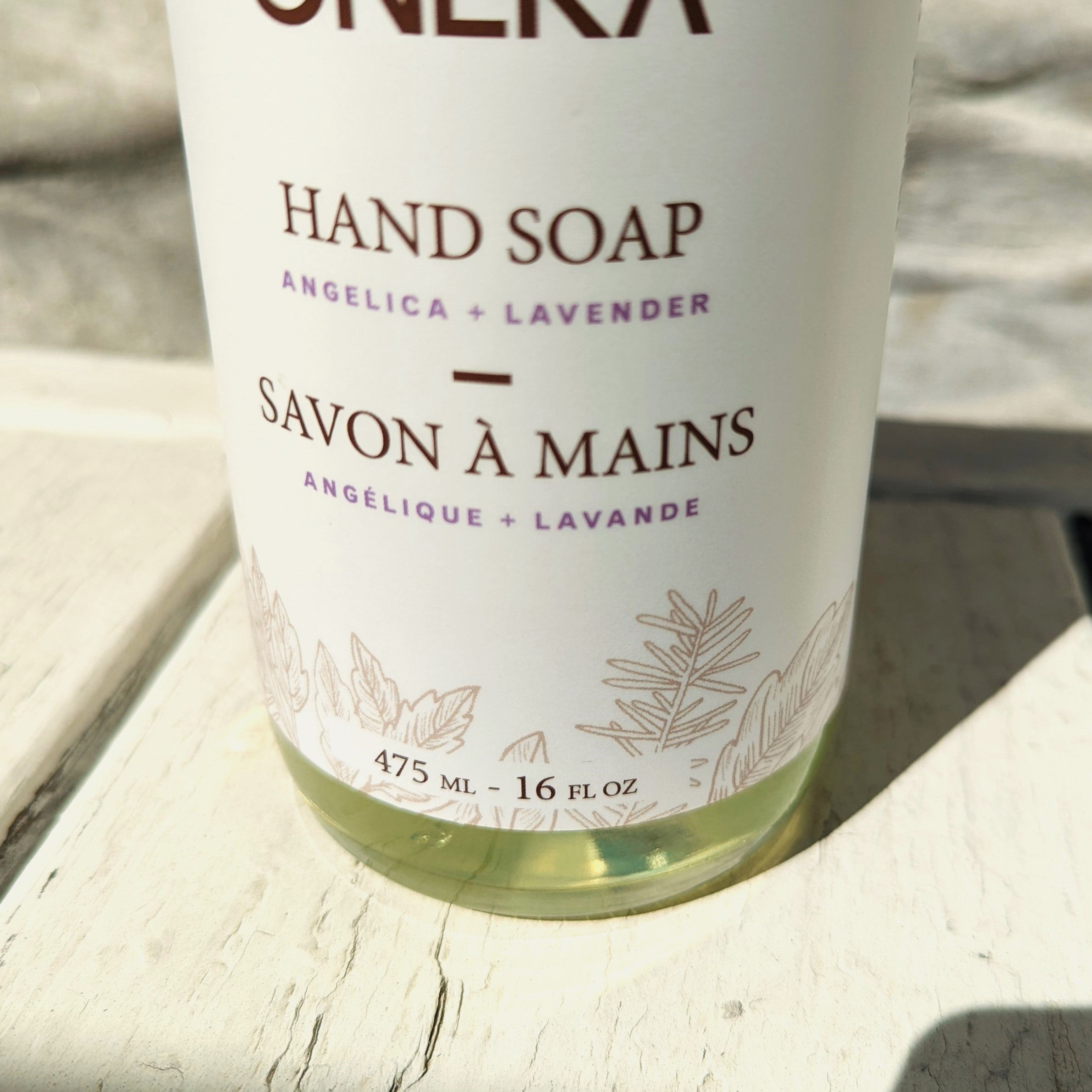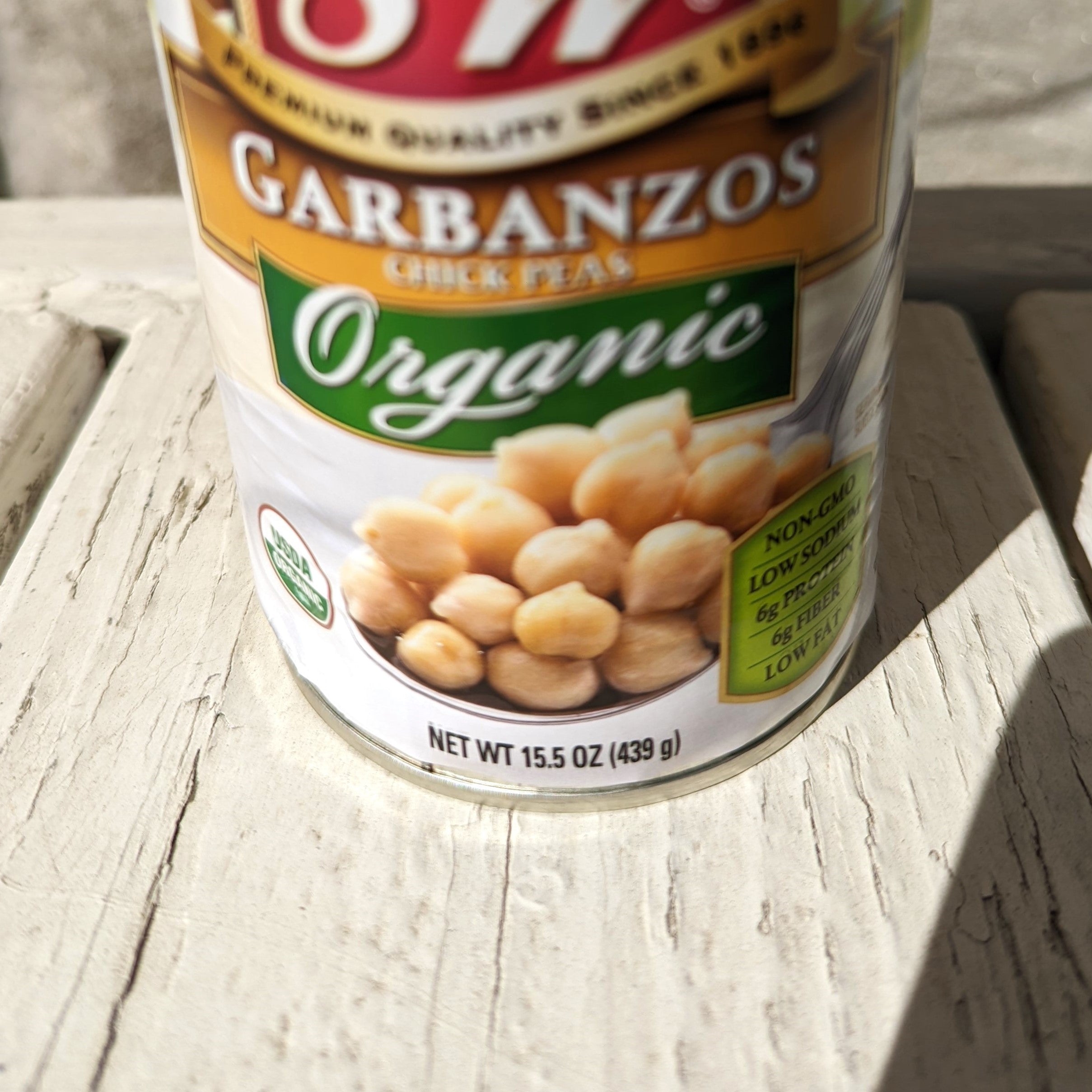Determining Your Container's Volume
Using your own containers?
Awesome! We love the reuse! However, how do you know how much of a refill product to purchase without underfilling or overfilling? You'll need to find out the volume of the containers you are using! Below are three potential methods you can use to find out the volume of your containers.
Method #1: Checking the Product Label

If you are lucky, some bottles have labels that indicate its volume capacity. These bottles will usually note the volume in units of fluid ounces (fl oz), milliliter (mL), or gallon (gal). This volume measurement may sometimes even be embossed on the side or bottom of the glass container.
For example, the example image shows that this bottle has a volume capacity of 16 fluid ounces (or 475 milliliters). Note that 16 fluid ounces is not the same as 16 ounces. Fluid ounces are a unit of volume and ounces are a unit of weight.
For example, the example image shows that this bottle has a volume capacity of 16 fluid ounces (or 475 milliliters). Note that 16 fluid ounces is not the same as 16 ounces. Fluid ounces are a unit of volume and ounces are a unit of weight.
Method #2: Calculating with the Nutrition Facts Label

Unfortunately, sometimes a bottle may have labels that do not indicate the net volume but instead indicate the net weight (usually in units of pounds (lb), ounces (oz), or both). This is how much your bottle weighs, as oppose to how much your bottle can fill in terms of volume.
These garbanzo beans have a net weight of 15.5 ounces (not fluid ounces), but we have no idea what the volume of this container is! Or do we?
These garbanzo beans have a net weight of 15.5 ounces (not fluid ounces), but we have no idea what the volume of this container is! Or do we?

We do! To figure out this can's volume, we will need to do a bit of math:
We see that this can of garbanzo beans has a serving size of 1/2 US cup. A single 1/2 US cup is about 120mL. For a total of about 3.5 servings, we have 3.5 x 120 mL = 420mL (or ~14 fl-oz). This means that this can will fill up to around 14 fluid ounces! Use each refill product's volume calculator to figure out what volume your refill needs will require!
Can't convert tsps/tbsps/cups to mL/fl-oz? No worries! Just do a quick web search!
We see that this can of garbanzo beans has a serving size of 1/2 US cup. A single 1/2 US cup is about 120mL. For a total of about 3.5 servings, we have 3.5 x 120 mL = 420mL (or ~14 fl-oz). This means that this can will fill up to around 14 fluid ounces! Use each refill product's volume calculator to figure out what volume your refill needs will require!
Can't convert tsps/tbsps/cups to mL/fl-oz? No worries! Just do a quick web search!
Method #3: Using Measuring Cups

If neither of the above methods work, then you can use this method!
In this case, grab some measuring cups. I like to use my 2-cup measuring cup, which also conveniently shows me the mL of whatever I am measuring. First, I fill the container I want to measure with water, making sure not to fill to the brim in order to account for closing the container or for putting in a pump. Then I pour that water in my 2-cup measuring cup and read the volume. Pretty simple!
* For extra small containers, I usually use my 1/4 cup or even my tablespoon.
As previously mentioned, if you have pumps or caps that will take up part of your container's volume, make sure to account for the space when you are filling up the container with water.
In this case, grab some measuring cups. I like to use my 2-cup measuring cup, which also conveniently shows me the mL of whatever I am measuring. First, I fill the container I want to measure with water, making sure not to fill to the brim in order to account for closing the container or for putting in a pump. Then I pour that water in my 2-cup measuring cup and read the volume. Pretty simple!
* For extra small containers, I usually use my 1/4 cup or even my tablespoon.
As previously mentioned, if you have pumps or caps that will take up part of your container's volume, make sure to account for the space when you are filling up the container with water.
